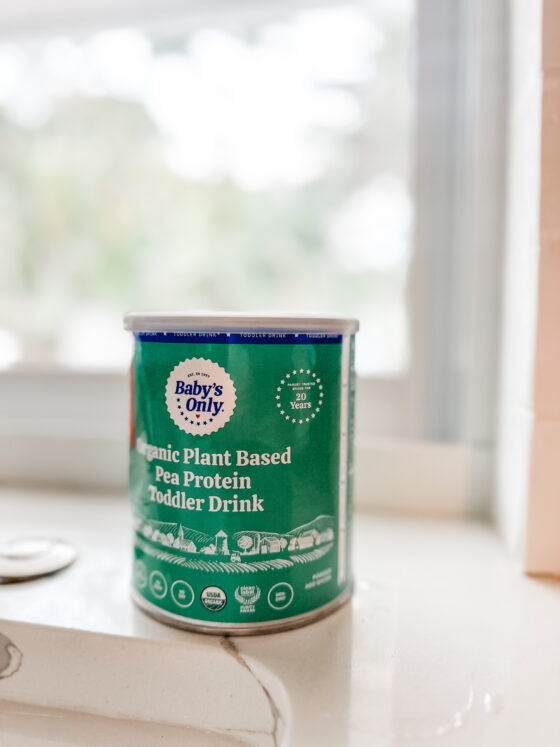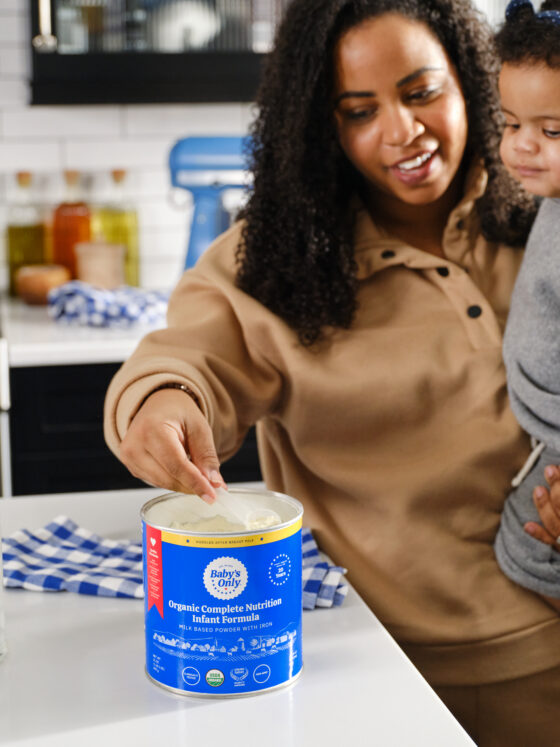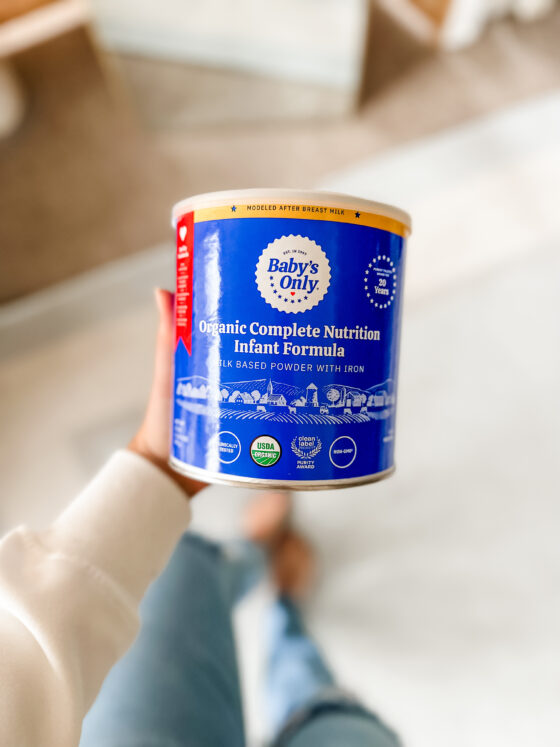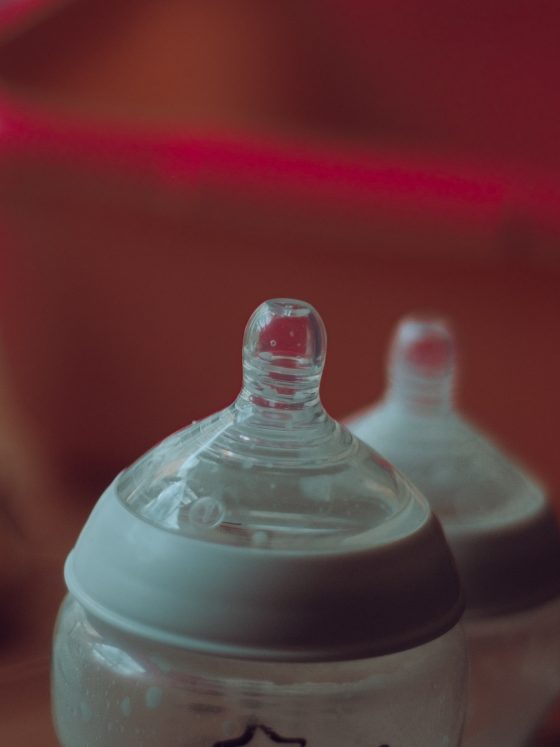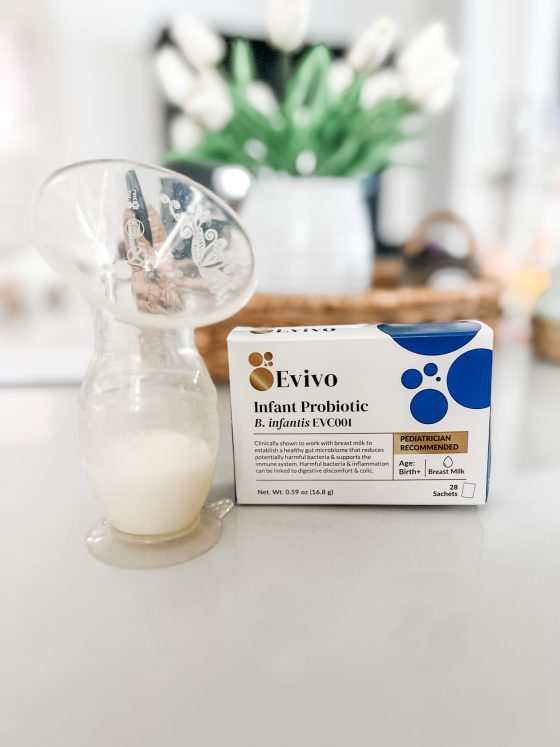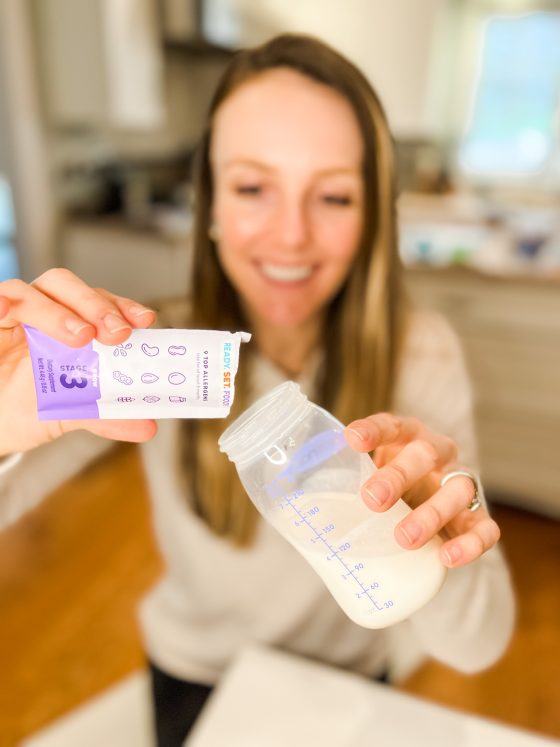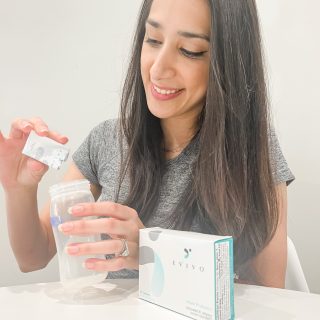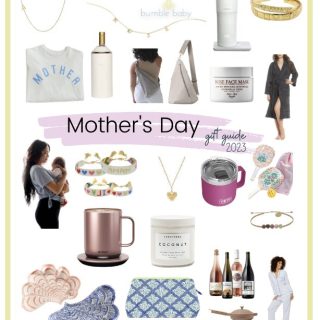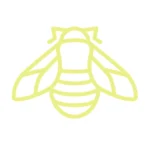Mastitis, engorgement, and narrowed (blocked) ducts – everything you need to know

Mastitis, or a breast infection common during lactation, is a common complication postpartum for lactating parents. Continue reading to learn signs and symptoms of mastitis and clogged ducts as well as prevention methods.

Breastfeeding/lactation is demanding on your body both physically and mentally. There are a few complications that can happen. Ductal narrowing (previously called blocked ducts) is extremely common. Inflammation of the surrounding ductal tissue that is not treated properly or in a timely manner, they can lead to mastitis, also known as a breast infection.
FIRST, LET’S TALK DUCTAL NARROWING (BLOCKED DUCTS).
WHAT IS DUCTAL NARROWING?
Ductal narrowing and mastitis are now considered by the Academy of Breastfeeding Medicine a spectrum of conditions including oversupply, inflammation, bacterial infections and the presence of an abscess. If the breast tissue becomes inflamed it will compress the milk ducts leading to ductal narrowing. There are two types of mastitis: inflammatory mastitis and bacterial mastitis. Both cause ductal narrowing (previously called blocked ducts).
WHAT ARE SIGNS + SYMPTOMS OF DUCTAL NARROWING?
- Pain in a specific location in the breast
- A swollen, tender lump in the breast that may not move locations when massaged
- Slower milk flow on one side
- Skin that looks lumpy in one area
- Tenderness to touch (especially when putting on a bra)
- Stringy or clumpy breastmilk/expressed milk (this is still ok for baby to drink)
- Gradual onset of symptoms
- No fever/normal temperature
- May feel relieved but not completely go away with feeding/pumping
- Potentially decreased output from the affected breast if pumping
If narrowed ducts aren’t properly treated, they can lead to mastitis within hours.

TREATMENT FOR INFLAMMATION AND NARROWED (BLOCKED) DUCTS
Treat ASAP! Call your provider as well.
Ice
- Because narrowed ducts are caused by inflammation of the breast tissue, using ice will help reduce the swelling
NSAIDs
- Acetaminophen (Tylenol) and Ibuprofen (Advil)are examples of NSAIDs that will help reduce swelling in breast tissue
- try this clean alternative for Acetaminophen
- Gentle massage to the area
- Using gentle sweeping motion from nipple to armpit (think lymphatic drainage)
- DO NOT aggressively massage area. This will cause trauma and further the inflammation
- Feed on demand
- Part of the spectrum of narrowed ducts and mastitis is oversupply. If you have an oversupply, feed on demand, do not pump/stimulate more often than your baby needs. Reach out to us for personalized support to decrease your oversupply safely! Over stimulation will cause increased hyperlactation and further inflammation.
- Check out our Oversupply E-guide for all our top tips and tricks
- Antibiotics will be needed only for bacterial mastitis. See more information below.
- Try different nursing positions to help remove milk.
Now let’s discuss mastitis (infection of the breast):
WHAT IS MASTITIS?
Mastitis is an inflammation and potential infection of the breast tissue that most commonly is caused by lactation. Mastitis it can occur when you are not lactating, breastfeeding/chest-feeding and it can also occur in men. This causes swelling, redness, and pain in the surrounding tissue. WHAT CAUSES MASTITIS?
WHAT CAUSES MASTITIS?
Most commonly, mastitis is caused by milk that gets trapped in the milk ducts of the breast due to inflammation of the surrounding tissue. The “trapped milk” is also called narrowed ducts and can happen commonly during lactation, especially in the early days postpartum. During this postpartum period (about 3-14 days postpartum), your actual breast tissue swells and can trap milk in the ductal tissue. This milk is then unable to pass through the ducts, causing irritation, inflammation, and possibly infection.
See engorgement tips below.

Mastitis can also be caused by bacteria or fungus/yeast (thrush) that enters through cracks in the skin of the nipples. This is a perfect breeding ground for microbes and can easily cause infection (hello APNO! Aka all purpose nipple ointment – we will cover this in a bit).
RISK FACTORS that may increase your chances of mastitis:
- Previous occurrence of mastitis.
- Some moms are more prone to getting mastitis which we will cover in a bit.
- Abrasion or cracking of the breast nipple
- This opening is a pathway for bacteria and fungus (yeast) to enter the breast tissue and ducts, causing infection. Think of a cut on your hand – same thing! We need to keep these areas “clean” when there is a skin opening.
- Yeast infection of the breast or infant oral yeast infection (thrush)
- “Thrush” in infants and breastfeeding moms is very common. Both parties should be treated if one has a yeast infection, otherwise you will continue to pass it to each other.
- Pressure on the breasts, caused by:
- Wearing a bra or clothing that is too tight/poor fitting
- Sleeping on your stomach (even though it feels so good postpartum!)
- Holding the breast too tightly during feeding
- Baby sleeping on the breast
- Exercising, especially running, without a support bra
- Carrying a bag with a cross chest strap
- Engorgement that is not properly managed (see above).
- Anything that causes too much milk to remain in the breast, including:
- Irregular breast/chest-feeding/pumping
- It’s important to remove milk from the breast every 3-4 hours (especially in the beginning postpartum days if you decide to breastfeed). Irregular breastfeeding or pumping will leave milk stagnant and put you at risk for mastitis.
- However, pumping too frequently (on top of what your baby needs) can lead to hyperlactation and inflammation. Pump/feed for baby’s needs only. If you are struggling with oversupply, reach out to us and download our Oversupply E-guide.
- Irregular breast/chest-feeding/pumping
-
- Missed feeds/pumping
-
- If you are away from baby, it’s important to pump as baby would eat within an hour or so to prevent engorgement and milk entrapment that can lead to mastitis.
-
- Baby teething
- Teething babies tend to “gum” or bite at your nipples during feeding. This can lead to openings and pathways for bacteria.
- Use of supplemental bottle feeds without proper weaning or breast/chest-feeding/pumping in replacement
- Even if you wish to stop breastfeeding, it’s best to go SLOW to let your body adjust and prevent mastitis. You should remove milk to comfort if you decide to replace with formula or previously pumped milk.
- Missed feeds/pumping
- Incorrect positioning of the baby during feedings
- TUMMY TO MUMMY! Proper placement of baby during feeds is crucial to proper milk removal. If baby is too low, the latch can accidentally pull at your nipple and obstruct milk flow, leading to mastitis.
- Tongue/lip tie
- TT and LT cause poor milk removal from the breast because baby cannot properly and deeply latch. This can also cause nipple damage, leading to obstruction of milk flow and mastitis. Read our blog post on tongue-ties and lip-ties.
- TT and LT signs and symptoms include:
- “Lipstick” shaped nipple after breastfeeding
- Scabbing of nipples
- Extreme pain with latching and feeding that does not go away within 30 seconds
- Early mastitis
- Poor weight gain/weight loss in baby
- If you suspect baby has a LT or TT, contact us immediately!
- Narrowed ducts (blocked ducts)
- From various causes mentioned above, but the basics is that the milk isn’t being removed properly → infection.
- Clogged nipple pores
- “Milk blebs” are common during breastfeeding. Skin forms over the nipple pore, causing a “zit” like appearance on the nipple that obstructs milk flow → backup of milk and narrowed ducts/mastitis.
- For pictures of milk blebs and to read more, click here.
- Damaged/scabbed nipples
- TT, LT, poor BF positioning, ill-fitting flanges or improper placement of flanges can cause nipple damage → scabbing, obstruction of milk flow → mastitis.
- All Purpose Nipple Ointment (APNO) will be your best friend for damaged nipples, thrush, and much more.
- This is an Rx from your provider – it’s basically a prescription Neosporin. It has a topical antibiotic/anti-fungal and steroid that will heal your nipples overnight.
- You’ll need a compounding (made in house) pharmacy.
- Use in conjunction with this non-stick pad and rotate with these hydrogels to help nipples heal quickly.
- All of the above is great for postpartum nipples too! Make sure you don’t leave the hospital without it.
- These Silverette nipple shields are great too. Did you know that silver has natural antimicrobial properties? How cool is that?
- Engorgement
- When your actual breast tissue swells in the first days postpartum → milk obstruction and mastitis.
- Waiting too long between feeds or pumps can cause swelling and engorgement also, difficult for baby to latch to engorged breasts and difficulty letting down on pumps.
- See above graphic for engorgement tips.
- STRESS!!!
- Stress is a huge risk factor for inflammatory and bacterial mastitis. I always would get mastitis around the holidays (see our IG Reel), as do so many of my clients! We literally tense up so much, we prevent letdown, cause narrowing of the ducts and eventually, mastitis.
- Abrupt weaning
- It’s important to wean SLOWLY to prevent ductal narrowing and mastitis.
- It usually takes your body about 2-4 days to wean a feed/pump.
- Read here for signs it’s time to wean.
- See our weaning calendars for step by step guidance on how to wean to formula or whole milk/alternative.

weaning to whole milk/alternative
weaning from pumping to whole milk/alternative
BACTERIAL MASTITIS SIGNS + SYMPTOMS
- Redness, tenderness, or swelling of the breast
- Signs and symptoms of infection
- Fever
- Fatigue
- Aches, chills, or other flu-like symptoms
- Pus draining from the nipple (abscess)
- A burning feeling in the breast
- A hard feeling or tender lump in the breast
- Red streaks on breast
TREATMENT + PREVENTION OF BACTERIAL MASTITIS
- YOU NEED ANTIBIOTICS ASAP. Do not wait!
- Call you provider ASAP. They will prescribe you an antibiotic that is safe to continue nursing on.
- Once you have bacterial mastitis symptoms, it will not go away on its own. It could lead to severe illness or abscess in the breast requiring surgery if untreated.
- SEE “NARROWED/BLOCKED DUCT TREATMENT AND PREVENTION” ABOVE.
- DO NOT GO MORE THAN 3-4 HOURS WITHOUT FEEDING/PUMPING, even at night.
I have had mastitis multiple times. Why does this keep happening?
Unfortunately, some people are more prone to mastitis (ME!). Reasons could be a wide range of things:
- Overproduction
- May be related to gut biome (ask your provider about adding a probiotic)
- If you have an autoimmune disease
- Just bad luck!
Try taking sunflower lethicin daily. This supplement acts as an anti-sticky agent in the milk ducts and can help prevent mastitis. Always check with your provider before starting supplements.
TAKE CARE OF YOURSELF
- If you are noticing any of these symptoms, please take care of yourself right away! Lactation is demanding on your body both physically and emotionally. Your stress levels and mental health DIRECTLY affect your body when breastfeeding/chest-feeding. Stay hydrated, sustain a healthy diet by consuming at least 300-500 extra calories per day, and do something for yourself every day (even if it’s only for 10 minutes).

Happy and healthy parents make happy and healthy babies. I am a firm believer in the phrase “feed your baby in a way that works for you and your family.” Always remember that breastfeeding doesn’t have to be all or nothing, and it’s ok to exclusively formula feed or combo feed. We can help you!
Formula can extend breastfeeding/chestfeeding by giving you a mental and physical break. This helps extend the total time baby gets expressed milk. It doesn’t have to be all or nothing! Learn how to supplement with formula here.
ADDITIONAL RESOURCES:
- I love these YouTube videos on breastfeeding challenges. They’re very informative!
- For more information on mastitis, check out this article from the Cleveland Clinic.
- Check out my IG highlights and IG Guides – breastfeeding, pumping, weaning and more!
Other helpful blog posts:
-
- 5 signs that it’s time to stop weaning from breastfeeding or pumping
- How to supplement with formula
- How to strictly formula feed
- 5 common nipple issues
- Correctly bottle feeding your baby
- 6 signs of oversupply
- Kate’s favorite trying to conceive, pregnancy, and breastfeeding safe products
- Breast rest and how it saved Kate’s breastfeeding journey
- Everything you need to know about thrush
Have more questions? Schedule a text or video chat consult with Kate, Lauren or Natalie (NICU RNs) and they can help answer any questions that you have!
Download our free nipple ruler to make sure you’re using the correct flange size.
Are you exclusively pumping? Download our free exclusive pumping sample schedules for 0-12 months of age.
**The terms breastfeeding/chestfeeding and breastmilk/expressed milk are used interchangeably in this blog post
**This post is educational and not meant to take the place of your provider. Bumblebaby makes a small commission on some of the items listed above










 weaning to formula
weaning to formula

